
4-8 – Shay Hazan
this blog is GROOVY – check out great Soul, Funk, Jazz, Hip Hop, Bass, Breaks , Reggae, House n many more TUNES
Free jazz, man! Just the name itself conjures images of wild rhythms, improvisational bliss, and musicians pushing the boundaries of sound. Welcome to a musical realm where freedom reigns supreme, and traditional forms take a back seat to pure expression. So grab your favorite drink, kick back, and let’s groove through the history of free jazz!
Before we dive into its history, let’s lay down some foundational beats. Free jazz emerged in the late 1950s as an avant-garde movement within the broader genre of jazz. Unlike its predecessors that often adhered to strict structures and harmonies (you know – swingin’ tunes), free jazz tossed those rules right out the window! Think less “I Got Rhythm” and more “Let It All Hang Out.”
Improvisation became key in free jazz; artists created music on-the-fly like mad scientists cooking up sonic potions. Musicians took risks—sometimes way out there—frequently exploring new emotions without any safety nets.
Our tale takes us back to post-World War II America – a time when creativity was bubbling over like soda pop left out too long at a party. Influential figures like Ornette Coleman led this charge with his groundbreaking album Free Jazz released in 1961 (and yes, it’s also super famous for being one of the longest tracks on record!).
Coleman believed music should reflect life’s chaos — bringing together different voices just as conversations unfold unpredictably among friends. As you might guess: not everyone dug this radical approach initially!
Did you hear about how Ornette caught flak from critics? Several folks thought he was just making noise! When asked why he played without a fixed structure, Coleman cheekily replied: “It’s how I feel!”
That sentiment perfectly encapsulates free jazz’s essence—a celebration of emotion over expectation.
The ’60s saw an explosion in free jazz with visionary players paving paths all over the world! Besides Coleman’s innovation came legends like Cecil Taylor who infused poetry into his performances or Sun Ra who insisted he was from outer space (for real!).
Sun Ra led an ensemble known for their cosmic performances while dressed in flamboyant outfits that made them look straight off a glamorous intergalactic runway! Talk about style meeting sound!
Sun Ra famously claimed that Earthlings were “too boring” for him—so he floated ideas about having concerts on Mars instead!!! Now that would’ve been one heckuva gig!
During this era expanded concepts flourished too; think spiritual themes mixed with socio-political commentary like John Coltrane’s A Love Supreme. Funky stuff all around!
As we grooved through time towards the ’70s and beyond…free jazz spread globally faster than wildfire at a music festival. Artists worldwide began experimenting with local sounds fused alongside traditional practices leading to unique blends.
For instance:
All these collaborations showed us just how universal music can be—it brings people together regardless if they speak different languages or vibe differently.
In many European cities during jam sessions—musicians would exchange complex musical codes through elaborate hand gestures rather than verbal communication… Basically creating their own secret handshake!!
How cool is that?
Fast forward past funky gear setups throughout every decade since—the legacy continues inspiring modern genres today while elevating diverse subcultures such as punk rock or hip-hop digging deep roots into community storytelling through improvised jamming styles.
And here we are now…jazz fusion bands fusing elements across genres create truly kaleidoscopic experiences —these days witnessing ensembles featuring turntables mixed right alongside saxophones blaring ahead makes it easier than ever before disrupt norms further evolving what “music” even means!!!
Alright my fellow rhythm lovers ✌️ remember: whether you’re dropping beats or simply tapping toes along silent grooves—we’re all vibing under shared skies fueled by creativity born from surprise ventures stemming since decades ago thanks largely due rebellious spirits daring step away form tradition fully embracing unchained imagination… So get out there playing loud live FAST only holding tightly onto LOVE MUSIC forever flowing freely evermore…
Time keeps marching onward but rejoice knowing NO MATTER WHAT FREE JAZZ WILL ALWAYS FIND ITS WAY BACK TO US THROUGH THE AIRWAVES OF LIFE 🥳💖✨

4-8 – Shay Hazan

Sunflowers (feat. Nitai Hershkovits) – Shay Hazan

Vain Ft. The Souly ghost – DoomCannon
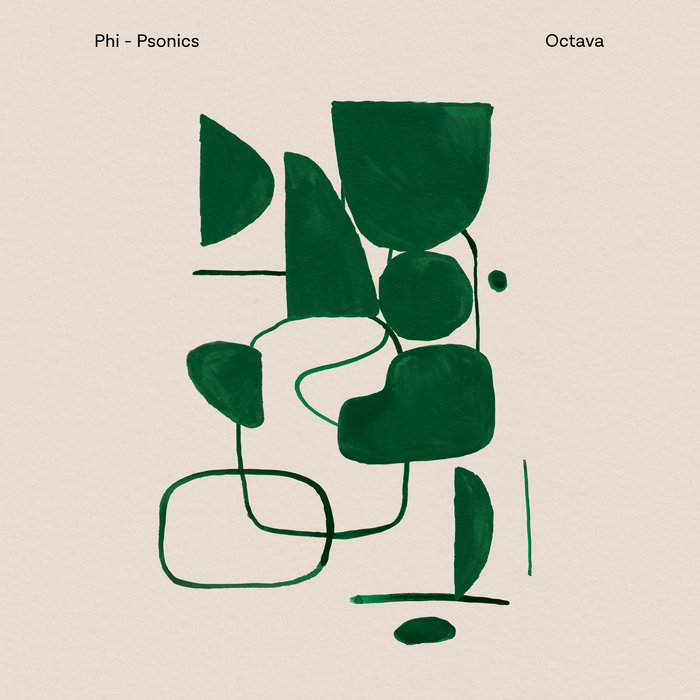
We Walk in the Gardens of Our Ancestors – Phi-Psonics
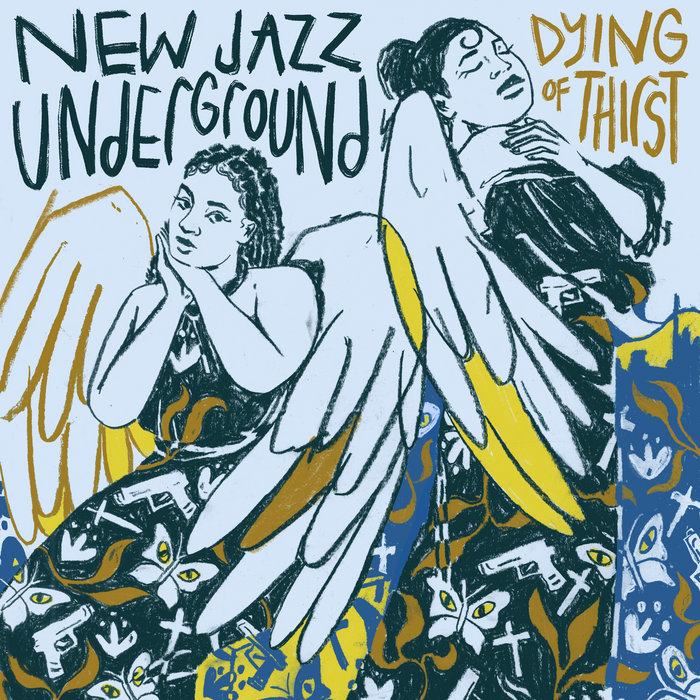
Pray 4 Me – New Jazz Underground
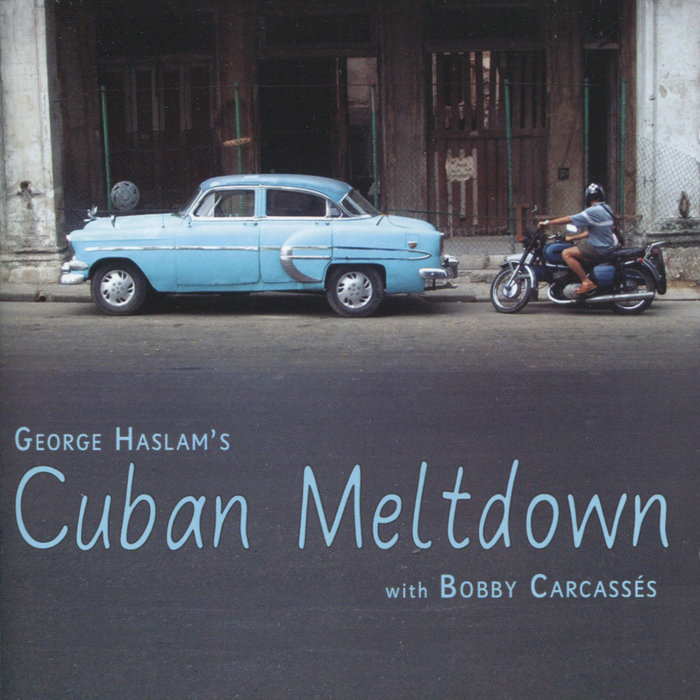
Sin Tema – George Haslam & Bobby Carcassés

It’s Okay (feat. Kassa Overall) – Emma-Jean Thackray
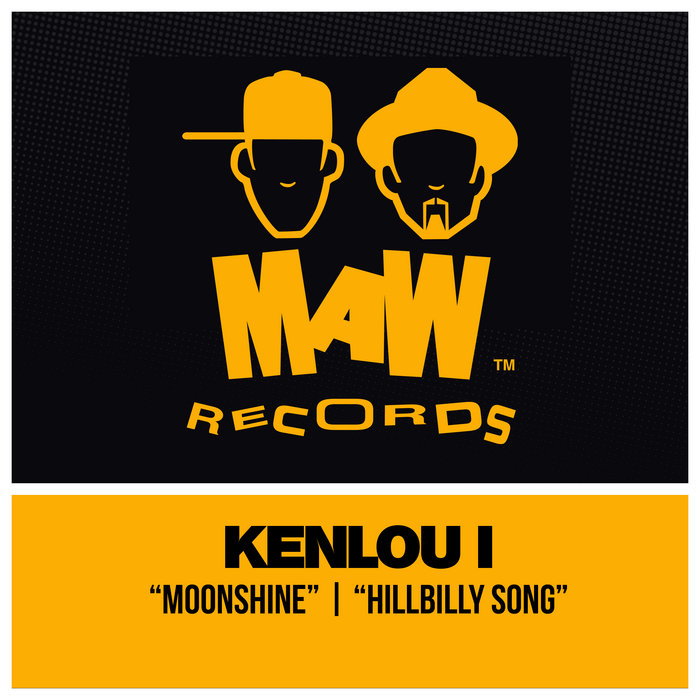
Moonshine – KenLou
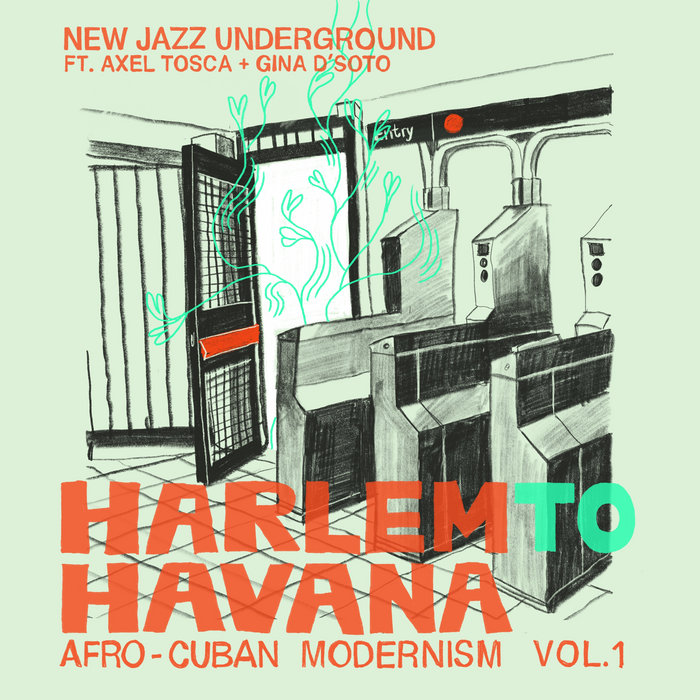
The Best Thing – New Jazz Underground, Axel Tosca, Gina D’Soto

A Bite Of Sand – Shay Hazan